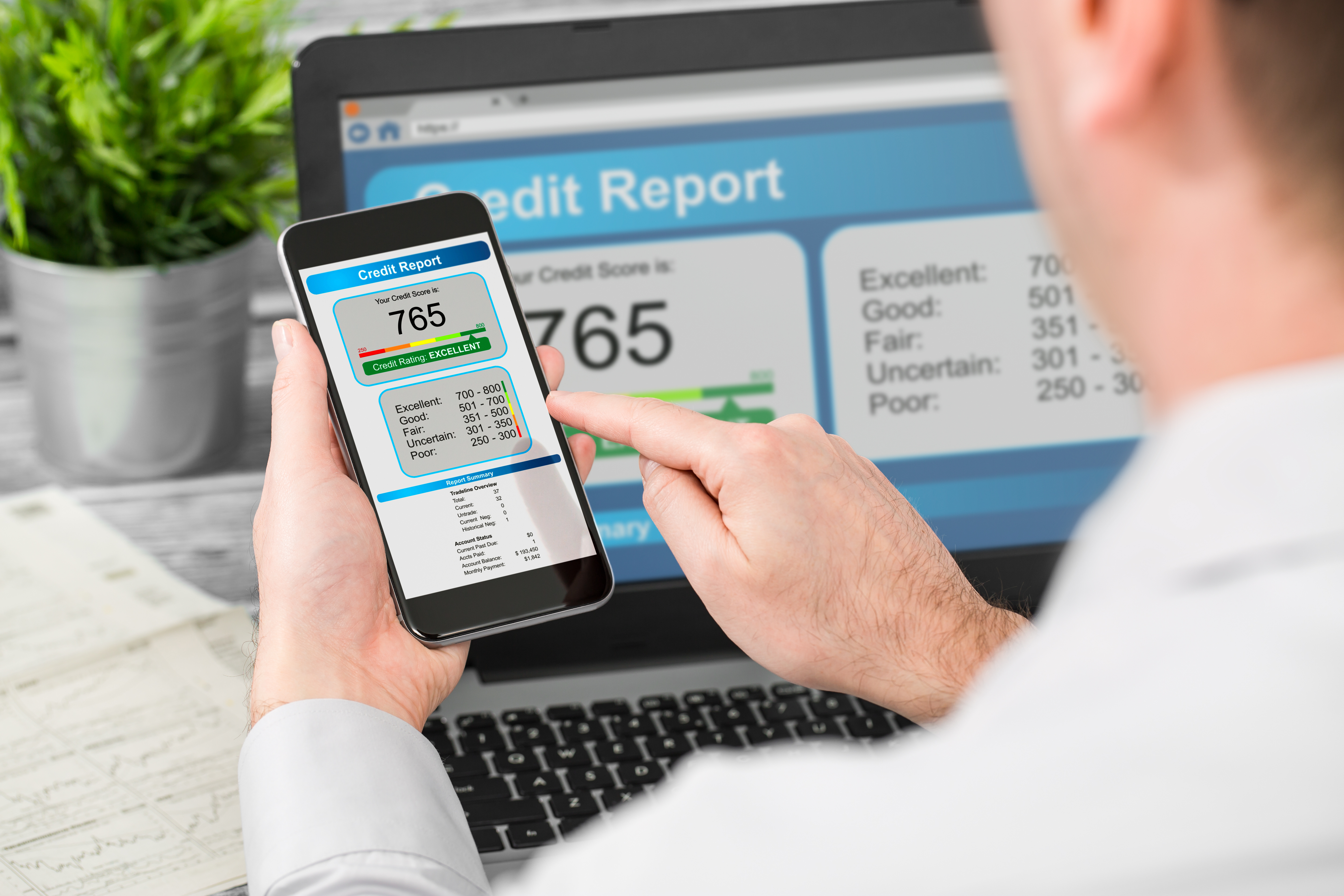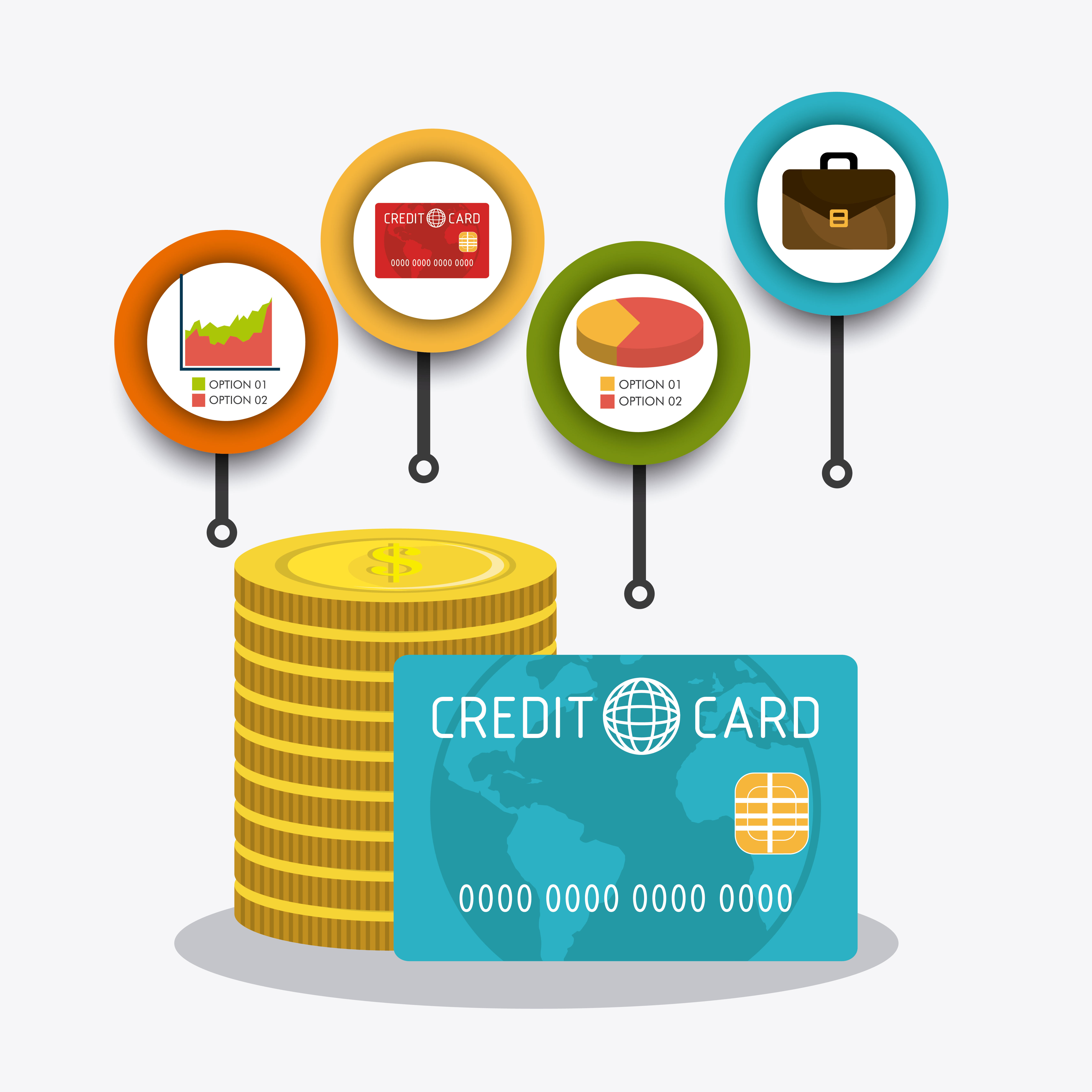Adding Credibility to Your Credit Score: Which Method Is Right for You?
Key Takeaways
- These are designed for individuals looking to build or improve their credit history
- The loan amount is held by the bank until fully repaid, then transferred to the borrower's account, enhancing both credit score and savings
- Secured Credit Cards require an initial deposit and are useful for building credit when used wisely
- Co-signed Loans/Credit Cards involve a co-signer with good credit can help obtain credit, but late payments can negatively impact both parties' credit scores
- Being an authorized user on another's credit card can build credit, but the primary holder faces all financial risks and responsibilities
- Credit-builder loans are a safer, lower-risk method for building credit, especially for those with no or poor credit history

Building a credit history is extremely difficult for some people just starting to get out on their own. When you have little to no credit, it’s hard to get approved for the big things you want in life, such as a car, a house, etc.
So, what’s the smartest way to get your credit history rolling in a positive direction so you can afford those big ticket items? One option to consider is a credit-builder loan. What is a credit-builder loan, and is it the right choice for your credit building needs? Let’s take a closer look at these types of loans and compare them to other credit building options to weigh the pros and cons.

Understanding Credit-builder Loans: A Brief Overview
It’s important to have a good understanding of what a credit-builder loan is. A credit builder is a loan that an individual may take out through a bank to help them build their credit history and credit score. The bank holds on to the borrowed funds until the borrower pays the entire balance of the loan.
When the balance is paid, the bank deposits the money in the borrower’s account. Not only does it boost your credit score and build credit history, this type of loan also pads your savings account.
Secured Credit Cards: How They Work
Like credit-builder loans, secured credit cards require money to be put into the card in order to receive funds. Unlike prepaid debit cards or simply relying on cash savings, using secured credit cards builds your credit score. When handled and used properly, secured credit cards demonstrate to a future creditor that you know how to use credit wisely.
Co-signed Loans or Credit Cards: Breaking Down the Basics and Trade-offs
When you have little to no credit, having a co-signer who has good credit history may help you obtain the credit needed to get a loan or a credit card. If you make your payments on time, neither you nor the co-signer incurs negative consequences, and you will both build or improve your credit scores as payments are made. This method of borrowing mutually benefits both parties if you are able to find someone to make this work.
However, these types of loans and credit cards involve risk, namely a co-signer missing a payment which may damage your credit and cause the co-signer to be financially responsible for that missed payment. It may also damage the co-signer’s credit score if they are not financially able to pay the missed payment.
Although an effective way to build both parties’ credit scores, this option is a risky move and should be very carefully considered before going through with it.
Authorized User Status on Credit Cards: Advantages and Disadvantages
Being an authorized user on a credit card held by someone who has good credit history has many benefits and drawbacks. The benefits include being able to build credit with someone else’s help without having to apply for the credit card. Also, if the credit card has a rewards program, authorized user’s purchases may go toward obtaining more rewards for the user’s account.
There are some disadvantages to this method of credit building as well. If you are the primary account holder, you assume all the financial responsibility. Credit misuse or mishaps will affect your credit score, and if the authorized user overspends or misuses the credit, you may not get the rewards you earned.
Comparisons
Credit-builder Loans to Secured Credit Cards
Credit-builder loans are a good option for people who have little to no credit history, because they help build credit by showing payment history on time, month after month, until the borrower builds a savings account. If the borrower does not have the money up front, this is a great way to save little by little and still build credit.
A secured credit card is not a bad option for building credit, but it does require that the borrower have a deposit or the money up-front to put into the account. Payments must be made on time. When the money runs out, the card’s balance must be refilled to use the card again. This type of card will build credit, but for those needing funds and not having the money available at the time of the loan, it may not be the right option.
Co-signed Loans Compared to Credit-builder Loans
If you have little to no credit history or poor credit history, sometimes you can find someone with good credit history to cosign a loan for you to get the money you need for a big purchase. However, finding someone willing to risk taking a hit to their own credit is difficult. While both of you will build credit if both of you make payments on time, late payment or failure to pay damages both parties’ credit. The co-signer takes the greater risk, because your not being able to make on-time payments will bring their already good credit score down.
Credit-builder loans are a safer bet that only risks one person’s credit, as it forces the borrower to build a good habit of making payments on time, helps the borrower create a savings account, and helps them raise their credit score through on-time payments.
Credit-Builder Loans vs. Authorized User Status
As mentioned above, loans from financial institutions that help borrowers build their credit score and pad their savings incur lower risk for both the borrower and the institution loaning the money.
When a person with good credit history allows a person with little to no credit history or bad credit history to be an authorized user on their credit card, it puts the credit card holder at risk of not only lowering their own credit score, but also causing them to be financially responsible for the debt racked up by the authorized user.
Unlike credit-builder loans, the credit card holder assumes the brunt of the risk and burden of repayment.
Interest Rates and Fees: Comparative Analysis Across Credit Building Strategies
When looking at what type of credit building to choose, consider the interest rates and fees typically associated with that type of credit. Interest rates are the amount of money the bank or lender will obtain over the course of your loan. Think carefully about which form of credit building will charge the lowest interest and offer the most generous payment periods.
For example, a co-signer loan typically runs around 10 to 15 percent interest over the course of the loan. A secured credit card may have an interest rate of 13.99 percent to 24.99 percent over the course of the loan. Having an authorized user on your credit account may also be costly, incurring an increased interest rate; however, the typical interest rate is based on the original account holder’s credit history.
Credit-builder loans are not without interest rates, but the interest rates are a little lower than other options. Typically, a credit-builder loan ranges from about 6 to 16 percent, offering the lowest of the interest rates in comparison to other forms of credit building methods.
Impact on Your Credit Score: Evaluating Each Strategy’s Effect
Every person’s credit history is unique, and building credit takes different lengths of time for different people, depending on their situations. The typical period for building credit requires two to six months before showing up on credit reports.
For a credit-builder loan, this may be the best option for two types of people seeking to boost their credit scores: the “credit invisible” people who have no credit history and those who have poor credit scores. The latter may see large gains in their credit scores from this type of loan.
Becoming an authorized user and having a co-signer may also build credit scores and credit history, but the impact is neither as high nor as quick as it would be with a credit-builder loan. A secured credit card also does not build credit quickly, but may work better for those with poor credit history and lots of debt.
Access and Ease of Approval for Each Option
All types of credit building involve risk to the lender, as people with little to no credit or bad credit are high risks to loan money to. When it comes to access and ease of approval, the easiest option is the credit-builder loan. Many banks allow people to repay such loans little by little while putting the money into a savings account to help them build their credit. The risk is low for the financial institution, and interest rates put something in their pockets.
Secured credit cards are easily approved, too, but high interest rates may not make them a smart option for most borrowers.
When it comes to co-signers and authorized users, the risk increases greatly for both the lender and the co-signer or card holder. These options may be harder to come by for those who are credit invisible or who have poor credit history.
Risk Factors: Assessing the Potential Downsides of Each Credit Building Strategy
The borrower assumes risk with each of the four credit building strategies. For example, using a co-signer to apply for a loan risks ruining the relationship and trust between the borrower and the co-signer.
The downsides of applying for a secured credit card with little to no credit history are the high interest rates associated with these types of cards and having the money upfront to establish a balance of available funds on the cards. While this can build your credit history, it in no way builds your savings.
Being an authorized user on an account is risky, because if the owner of the card damages their credit with this card, it may also damage your credit further. That’s especially bad if this is the only credit history you have.
The risks of having a credit building loan are similar to other types of loans: missed or late payments may lead to negative credit impact and higher interest rates.
Regardless of which method you choose, the only way to truly build your credit is to make the payments on time.
Case Studies: Real-Life Comparisons of Each Credit Building Method
- Tom starts his credit journey: Tom was a college student about to graduate and start his career in the pharmaceutical industry. Having never taken out any credit cards or having never made any big purchases on loan, Tom’s credit history was nonexistent. He was “credit invisible.” He wanted to buy a nice car to commute to his new job, but the car dealer said he didn’t have enough credit. So, Tom searched for a _co-signer _ to help him establish a credit history. His father had good enough credit, but was not willing to co-sign for the loan because doing so was a big risk for both Tom and his father; therefore, he was told to find another way to build credit.
- Bethany finds a match: Bethany had poor credit and decided it was time to turn her story around. She decided to find a _ credit card _ with which she could rebuild her credit score. After researching cards, Bethany found a secured credit card that would accept her debt. She thought this was a good fit for her, but didn’t realize how much interest would be charged. She put $300 dollars into the card, but only had $228 in available funds because the interest rate was around 24 percent.
- Lily teaches Robert financial lessons through her credit card: When Lily and Robert met, she had great credit, but he was suffering. Lily decided to help Robert out by adding him as an authorized user on her account. Although Robert wanted to do well with this trust, he charged more than Lily could afford to pay. This hurt their credit and strained their relationship.
- Chris’ credit building loan builds credibility: When Chris turned 18, he wanted to buy a new car; however, he was unable to fund such an expense. He considered finding something cheaper, but his banker told him about a credit building loan. He borrowed $1,000 and paid all payments on time. At the end of the loan, he had $1,000 in his savings account and the credit history to receive loan approval for the new car he wanted.

Personalized Approaches: How to Choose the Right Strategy to Fit Your Needs
Weigh your options and choose a strategy that best fits your credit building needs. We would be delighted to help you with these complex ideas to see which style fits your needs.
When it comes to financial planning, the best strategy is to find the right fit and always be vigilant in the search to obtain a better and stronger credit history. Learn more about your credit and finances here.
Edited by:
Bryan Huynh
•
Product Tester & Writer
















































